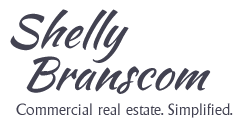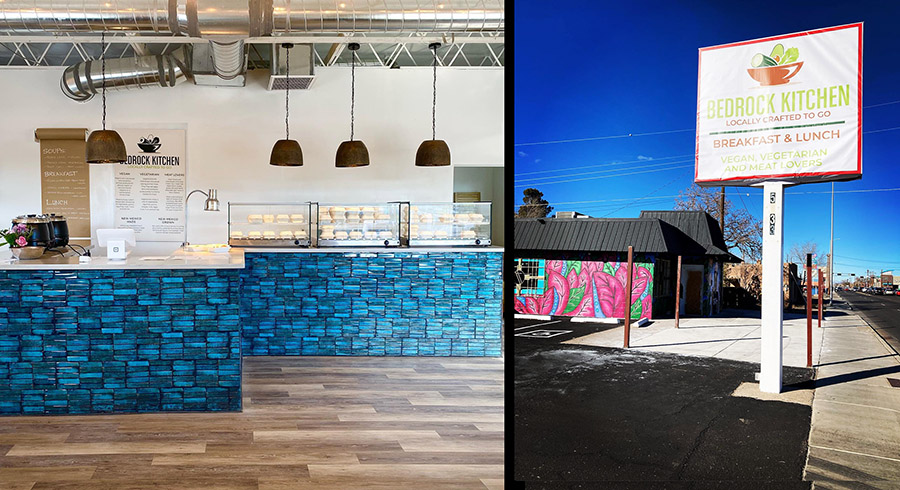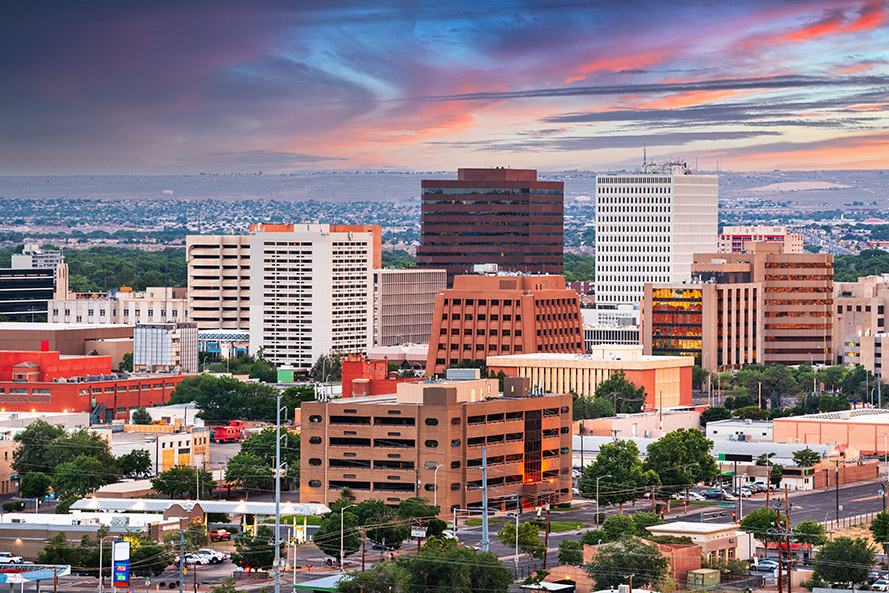An April 10, 2025 article in The National Observer suggests that tariffs…

Albuquerque Office Occupancy Trends
As we wind down 2021, I am feeling every grateful for the business opportunities and transactions I have consummated this year. Let’s take a look some statistics from 3rd Quarter.
According to Colliers International, office vacancy has declined for the second straight quarter to 14.02% from 15.88% at the end of last year. This is the lowest vacancy Albuquerque has experienced since 2009.
Local trends
A handful of moderate office leases in primarily suburban office buildings caused this reduction. Tenants are seeking shorter terms (3-4 years) and early termination options creating the highest amount of flexibility for themselves. The average office asking lease rate stabilized during Q3 mirroring the year-over-year averages seen in 2019 and 2020. As we continue in this uncertain market, tenants are also taking into consideration employee safety and functionality of their office space.
The unemployment rate continued to trend downward landing at 6% in Albuquerque, which is up from 4.6% in February 2020. Oil and gas revenues as well as increased consumer spending are likely causing New Mexico’s GDP to increase 4.14% in 2020 to 19.27% which is expected to trend through 2023.
National outlook
Moody’s Analytics predicts office vacancy nationwide has hit its lowest point and is inching upward as analysts begin to see light at the end of the tunnel. The good news is Moody’s is also reporting that there is historical evidence that office values have held relatively steady over the last 40 years, despite major ups and downs.
Kastle Systems Data reports office occupancy reached its highest level nationwide (36.2%) since the pandemic began proving we are slowly going back to the office and increasing productivity. Vaccine mandates have aided in a continued uptick in the workforce returning to the office. Office foot traffic jumped another 19% now at 25% – the highest since the pandemic started. Media and Telcom lead the industry in office returns while government took the lead in how often employees come to the office.
Looking ahead
As organizations grapple with accommodating new regulations and guidelines, it has become evident that flexibility is a central ingredient to building a productive and engaged workforce. It is more important than ever for leaders to have insight into how their employees are using the office and its resources to enhance the workplace experience for today’s workforce.
4th Quarter projections – With the Federal Reserve expected to hold interest rates through 2023, analysts expect consumer spending to be strong this holiday season. Office vacancy rates are expected to continue to decline while construction costs continue to rise due to lack of availability of product and of laborers. Asking rental rates will likely inch in the upward direction as vacancy levels continue to decline. SIOR reports the, despite reportedly high development costs, this is the most profitable time to build investment real estate.



